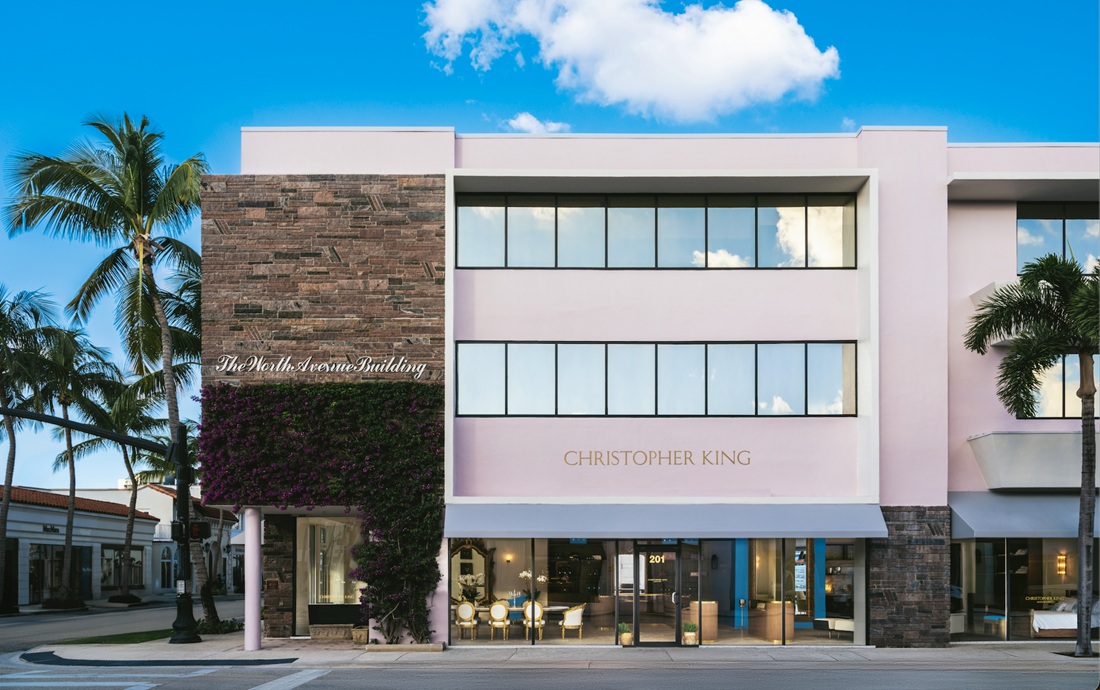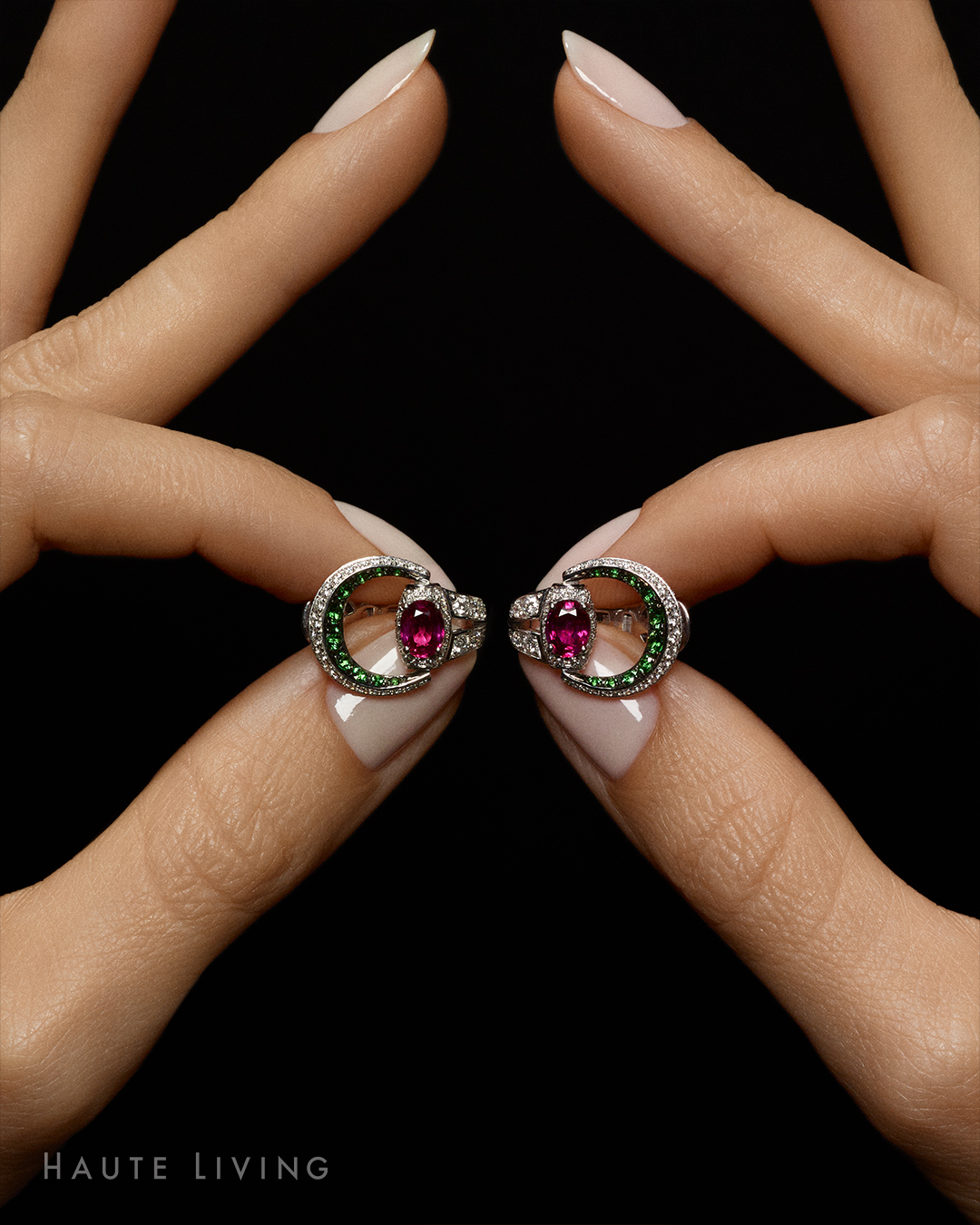Saving Face
For women in their 30s or 40s, the effects of glycolic acid and 1,000 varieties of moisturizer might seem to plateau. At the same time, surgery might seem an extreme approach to looking younger. If you happen to fall in that category, or if surgery is just not for you, plenty of non-invasive options that require little if any downtime—you can literally go directly from derm to work—have recently become available. Here are a couple of the most popular technologies available today.
Thermage and Fraxel
We’re counting this treatment as one because they go so well together, kind of like chocolate and peanut butter. Thermage tightens the deeper layers of skin, and Fraxel smoothes and refinishes the upper layer.
As Michael Hromadik, spokesman for Solta, the company that owns both treatment technologies, likes to say, if you skin were a lawn, Thermage maintains the dirt underneath and Fraxel aerates it. What that means for patients is nearly pore-less, incredibly even-toned skin with a youthful, uplifted, and line-free appearance.
And the big news for anyone who thought there was no good treatment for the scourge of nearly every woman’s hips and thighs—we mean cellulite, of course—is that the FDA approved Thermage in January for use all over the body. Just like it can lift jowls and eyelids on the face, it can tighten post-partum belly sags as well as reduce cellulite wherever it might occur.
If it sounds too good to be true, let’s be clear: the results are somewhat subtle. Thermage and Fraxel are not replacements for surgery if you have severe lines or sags. But for women looking for a lift that will have people asking if they have a new hairstyle, if they’ve lost weight, or otherwise being unable to pinpoint why they look refreshed, this could be a good choice.
The Thermage tool, which resembles a barcode scanner and employs radiofrequency, has come a long way since it was first available in 2004. The latest delivery system causes less pain than the original device, and Solta has developed a second, larger tip for body treatments. The technology delivers radiofrequency waves to the dermis, the deep layer of skin where collagen is located, and simultaneously cools the epidermis to protect it from damage. Heat from the radiofrequency tightens existing collagen and stimulates new cell growth. The result is a refreshed, youthful, lifted appearance that looks natural and decidedly not “done.”
“I don’t wear makeup anymore,” said Ana Morley, who received both Thermage and Fraxel treatments performed by Dr. Vic Narurkar, a San Francisco dermatologist, at Solta’s on-site clinic in Hayward, California. Fraxel uses laser technology to diminish sun damage, acne scars, and lines on the surface of the skin. The combination of Thermage and Fraxel seems to have worked well for Morley. At 39, she has no crow’s-feet and utterly smooth and even-toned skin—sans make-up.
Narurkar swears by using both technologies together. “There’s a real synergy between the two,” he said. “Thermage to tighten and Fraxel to minimize pore size and even tone.”
But one important question remains: Does it hurt? Treatment of an entire face requires about 900 pulses from the Thermage zapper. “I felt about seven of those,” Morley said. “If it hadn’t been noisy in the room I would have fallen asleep.”
And the treatments aren’t just for women. Dr. Narurkar says men see great results with Thermage and Fraxel— the subtle, natural look is appealing to them. “It doesn’t feminize the face,” he explained.
Thermage costs between $2,500 and $3,000 for the face and neck, and up to $4,000 for the body. Fraxel costs up to $5,000, and a combination “Therma-Frax” treatment runs between $4,000 and $6,000. For more information go to www.solta.com.
Non-surgical Rhinoplasty
When it comes to customized noses, you might assume smaller is better. But a new procedure—no surgery required—is marking a new beauty aesthetic. Many women are gaining larger but more contoured noses using injectable gels like Restylane, Juvederm, Radiesse, and sometimes-permanent injections of liquid silicone.
These fillers are better known for plumping the nasolabial folds (the smile lines on each side of the mouth) and other wrinkles to create a more youthful appearance. But dermatologists are now finding they can also use these fillers to even out bumps or create symmetry.
The rising popularity of the procedure is partly because injections are much less expensive than surgery—around $1,000 compared to $5,000 or more for rhinoplasty. Also, if a patient doesn’t like the result, the dermatologist can use hyaluronidase to melt away hyaluronic fillers like Restylane and Juvederm. Radiesse, which lasts a bit longer, can’t be immediately reversed, but the longest it will last is about two years.
Non-surgical rhinoplasty’s popularity might also mark an aesthetic shift—modern America seems to appreciate a face with character. Eighty percent of voters in an iVillage poll said Jennifer Grey’s nose job was a career killer because she lost her unique look. Sarah Jessica Parker, Gisele Bündchen, and Uma Thurman are all testaments to the appeal of the prominent nose (if they did have surgery, they kept the character of the original). Plus, many women don’t want to wake up to a stranger in the mirror. The New York Times reported in December that many women considering rhinoplasty worried they wouldn’t feel like themselves, or that they’d seem like a different person to friends and family. Non-surgical rhinoplasty won’t dramatically change your profile, and for many patients, that’s the point.
That’s not to say good old surgical rhinoplasty is going away. Some nose deviations just can’t be remedied with injections, and some patients don’t want to worry about returning for follow-ups. Also, while the demand for non-surgical rhinoplasty is increasing, some doctors are cautious about administering the technique.
“I like to use it only to correct a bridge defect (a large indentation between the nose and the forehead), because you can get into problems with the blood flow to the nose,” said Narurkar, who performs about one non-surgical rhinoplasty per month. Though it’s rare and he’s never had first-hand experience with circulation problems, it could lead to ulcers that could require skin grafts.
Nevertheless, some patients were so pleased with their temporary results that they choose to make it permanent.
Rebecca (not her real name), a public relations professional in Miami, Florida, was unhappy with the surgical rhinoplasty she’d had in her early 20s. “The cartilage in the tip was uneven and I was really self-conscious about it,” she said. “I also thought it was too small.” But a surgeon warned her against more surgery because her nose could lose too much structure. Now in her mid-30s, on a visit to the dermatologist she saw a flyer for non-surgical rhinoplasty. “It never occurred to me to add something to your nose rather than taking away—it seemed brilliant.” Dr. Thomas Tzikas in Delray Beach, Florida, first tried Restylane, and Rebecca was so happy with the outcome that she opted for a permanent solution. Tzikas used a liquid type of silicone called Silikon 1000, which is approved by the FDA for treating retinal detachment.
Some doctors, like Narurkar, worry that as the shape of the face changes decades later on, the silicone might shift. But patients like Rebecca aren’t worried. “Honestly, I don’t even care if it droops when I’m 60 because it looks so much better.”












